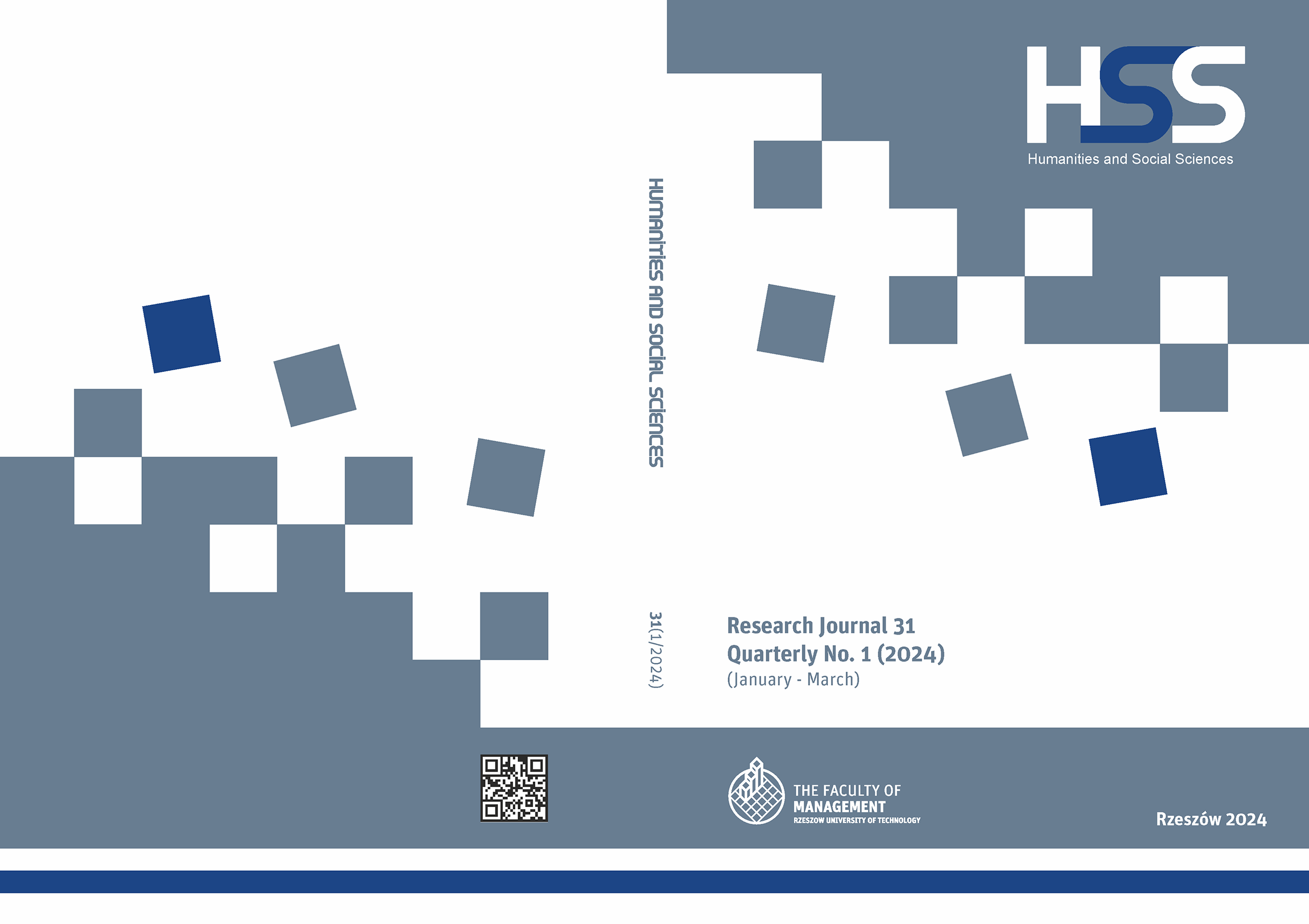Abstrakt
The European Union has a chronic trade deficit with Asia, the majority of which is with certain countries in East and South-East Asia. This conclusion is based on traditional international trade statistics. However, the international fragmentation of production processes and the new method of measuring trade by value-added are now making trade analysis closer to reality, allowing for more accurate conclusions to be drawn.This article’s main aim is to analyze and evaluate the EU’s trade imbalance with Asia and selected Asian economies, which is found in both traditional (gross) and new (value-added) international trade statistics. The analysis shows that the degree of trade imbalances concerning partners and groups of goods differs depending on the method of analysis. In the case of EU-Asian trade relations, imbalances do exist, but they generally show smaller deficits or surpluses when measured in value-added terms. The availability of statistical data determined the time and geographical scope of the study. The analysis covers the EU28’s trade with 15 Asian countries from 1995 to 2018, with a particular focus on China, Japan, and South Korea. The study applies a critical literature review, the descriptive-analytical method, and the method of inference based on statistical data obtained from international databases (Eurostat, OECD-WTO, and UNCTAD).
Bibliografia
Amador, J., Cabral, S. (2016). Global value chains: A survey of drivers and measures. "Journal of Economic Surveys", 30(2). DOI: 10.1111/joes.12097.
Ambroziak, Ł. (2017). Decomposition of Poland’s bilateral trade imbalances by value added content. "Entrepreneurial Business and Economics Review", 5(2). DOI: 10.15678/EBER.2017.050203.
Brumm, J., Georgiadis, G., Gräb, J., Trottner, F. (2019). Global Value Chain Participation and Current Account Imbalances. "Journal of International Money and Finance", 97. DOI: 10.1016/J.JIMONFIN.2019.01.018.
Cingolani, I., Felice, G., Tajoli, L. (2015). External Imbalances in the European Union and International Fragmentation of Production: Is There a Link? (No. 386; Development Working Papers).
Eurostat (2021). Extra-EU trade by partner [ext_lt_maineu]. Access on the internet: https://appsso.eurostat.ec.europa.eu/nui/submitViewTableAction.do.
Feenstra, R.C. (2010). Offshoring in the global economy: Microeconomic structures and macroeconomic implications. MIT Press.
Gao, Y., Cheng, W., Yuan, Q. (2018). Understanding the global imbalance from the perspective of processing trade value added of China. "Journal of Chinese Economic and Business Studies", 16(4). DOI: 10.1080/14765284.2018.1504529.
Amador, J., Cabral, S. (2016). Global value chains: A survey of drivers and measures. "Journal of Economic Surveys", 30(2). DOI: 10.1111/joes.12097.
Ambroziak, Ł. (2017). Decomposition of Poland’s bilateral trade imbalances by value added content. "Entrepreneurial Business and Economics Review", 5(2). DOI: 10.15678/EBER.
050203.
Brumm, J., Georgiadis, G., Gräb, J., Trottner, F. (2019). Global Value Chain Participation and Current Account Imbalances. "Journal of International Money and Finance", 97. DOI: 10.1016/J.JIMONFIN.2019.01.018.
Cingolani, I., Felice, G., Tajoli, L. (2015). External Imbalances in the European Union and International Fragmentation of Production: Is There a Link? (No. 386; Development Working Papers).
Eurostat (2021). Extra-EU trade by partner [ext_lt_maineu]. Access on the internet: https://appsso.eurostat.ec.europa.eu/nui/submitViewTableAction.do.
Feenstra, R.C. (2010). Offshoring in the global economy: Microeconomic structures and macroeconomic implications. MIT Press.
Gao, Y., Cheng, W., Yuan, Q. (2018). Understanding the global imbalance from the perspective of processing trade value added of China. "Journal of Chinese Economic and Business Studies", 16(4). DOI: 10.1080/14765284.2018.1504529.
Grossman, G.M., Rossi-Hansberg, E. (2008). Trading tasks: a simple theory of offshoring. "American Economic Review", 98(5). DOI: 10.2307/29730159.
Hillberry, R. (2011). Causes of International Production Fragmentation: Some Evidence [In:] Sydor, A., ed., Global Value Chains: Impacts and Implications (p. 77–102). Department of Foreign Affairs and International Trade Canada.
Inomata, S. (2017). Analytical frameworks for global value chains: An overview [In:] Global Value Chain Development Report 2017: Measuring and Analyzing the Impact of GVCs on Economic Development (p. 15–35). The World Bank.
Johnson, R.C., Noguera, G. (2012). Accounting for intermediates: Production sharing and trade in value added. "Journal of International Economics", 86(2). DOI: 10.1016/j.jinteco.2011.10.003.
Jones, R.W., Kierzkowski, H. (1990). The Role of Services in Production and International Trade: A Theoretical Framework. [In:] Jones, R.W., Krueger, A.O., eds., The Political Economy of International Trade: Essays in Honour of Robert A. Mundell (p. 31–48). The MIT Press.
Koopman, R., Wang, Z., Wei, S.-J. (2014). Tracing Value-Added and Double Counting in Gross Exports. "American Economic Review", 104(2).
Kuboniwa, M. (2014). Fundamental Theorem on the Relationship between Trade Balances in Value Added and Gross Terms: Amendment [In:] Discussion Paper Series (No. 600; Discussion Paper, Issue 600).
OECD-WTO (2021). Trade in value added. OECD Statistics on Trade in Value Added (Database). DOI: 10.1787/data-00648-en.
Sposi, M., Koech, J. (2013). Value-Added Data Recast the U.S.-China Trade Deficit. Federal Reserve Bank of Dallas. Access on the internet: https://www.dallasfed.org/research/eclett/2013/el1305.cfm.
UNCTAD (2021). UNCTADStat Database. Merchandise Trade Matrix. Access on the internet: https://unctadstat.unctad.org/wds/ReportFolders/reportFolders.aspx.
Xing, Y. (2020). How the iPhone widens the U.S. trade deficit with China: The case of the iPhone X. "Frontiers of Economics in China", 15(4). DOI: 10.3868/s060-011-020-0026-8.
Xing, Y., Detert, N. (2010). How the iPhone Widens the United States Trade Deficit with the People’s Republic of China (No. 257; ADBI Working Paper Series, Issue 257). DOI: 10.1007/978-1-349-67278-3_116.
Zhang, J., Tang, D., Zhan, Y. (2012). Foreign Value-added in China’s Manufactured Exports: Implications for China’s Trade Imbalance. "China and World Economy", 20(1). DOI: 10.1111/j.1749-124X.2012.01271.x


